With Venom confirmed to appear in Marvel’s Spider-Man 2, one fan is sharing their own ideas for how the inevitable boss battle with him could play out. The longtime foe of Peter Parker and his heroic alter-ego wowed viewers when he emerged from the sha…
Only Goku and Vegeta’s Fusion Can Surpass Dragon Ball’s God of Destruction
In Dragon Ball Super, Goku and Vegeta are still working to master their respective god-like powers, from Goku’s Ultra Instinct to Vegeta’s power of destruction. Even before the Saiyans knew such power was even attainable, they still tangled w…
Every Meditation Spot in Kena: Bridge of Spirits | Tech Crunch
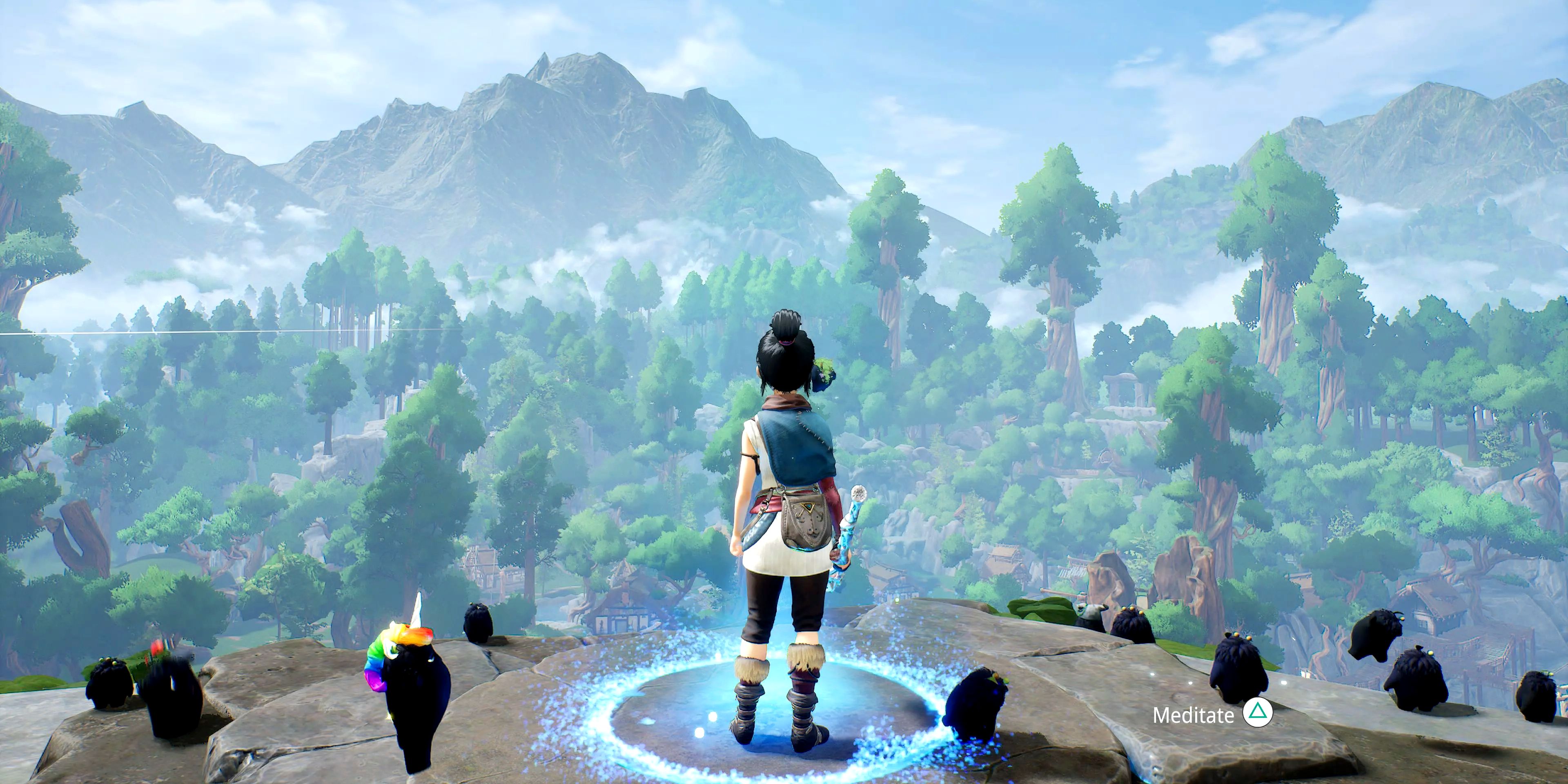
Along with finding collectibles, there are other reasons to explore in Kena: Bridge of Spirits, including to find and make use of Meditation Spots to raise Kena’s maximum HP. There are various quests to complete throughout Kena: Bridge of Spirits, and at least 16 challenging bosses to fight.
The game has 12 Meditation Spots scattered across various areas. Some of them can be difficult to locate, but finding all of them is worthwhile. At each spot, Kena will stop to meditate which permanently increases her health. With bosses like the Corrupt Rot God to fight later in the game, increasing Kena’s health is can have a significant effect on how challenging each boss is. Players can track down the Meditation Spots in seven different areas of the game.
Finding every Meditation Spot in Kena: Bridge of Spirits will take some time. They are located in the Village, Taro’s Tree, Rusu Mountain, the Forgotten Forest, the Fields, the Village Heart, and the Mountain Shrine. Each area has one to three Meditation Spots for Kena to visit and utilize. The spots can be identified by the glowing blue circle found at each location.
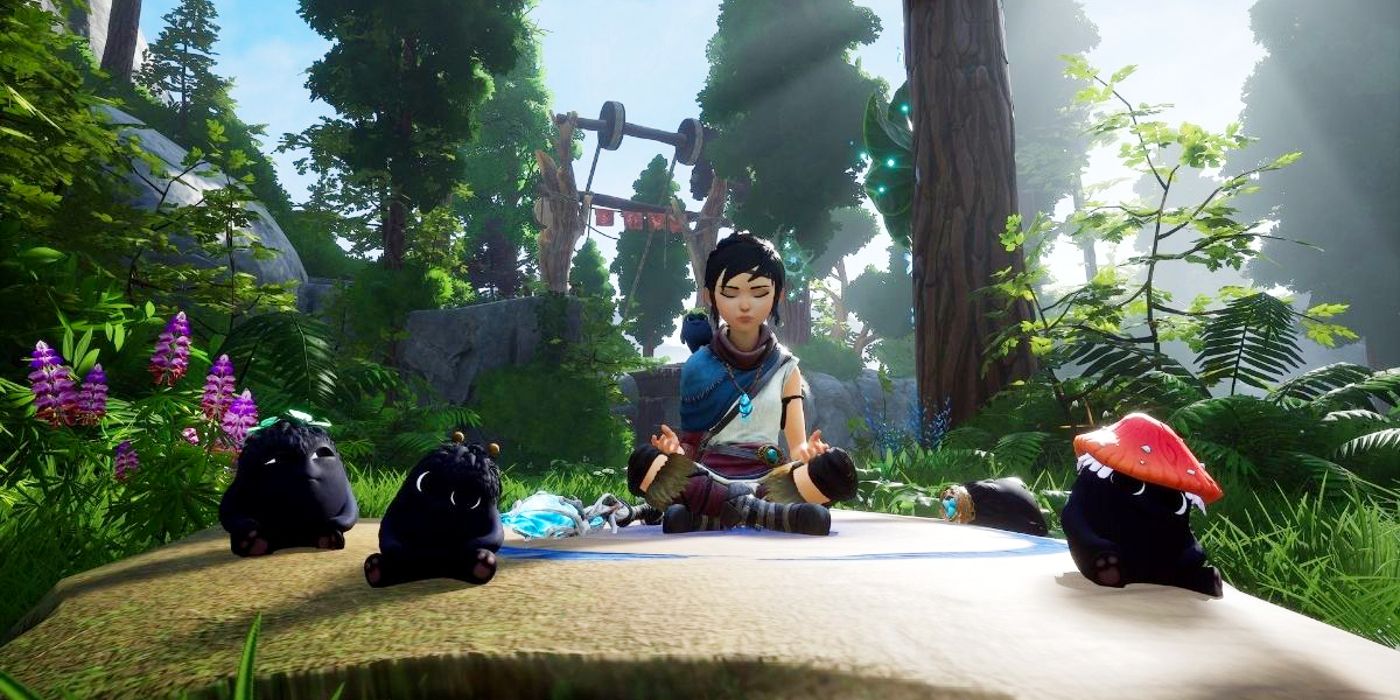
The Village
- Defeat the Mask Maker boss and head to the right to find the Meditation Spot at the edge of a cliff.
- There’s a Meditation Spot straight ahead after beating the Hunter boss.
- After receiving the Village Crest relic, there will be a Meditation Spot right in front of Kena.
Taro’s Tree
- This spot will appear ahead of Kena after defeating the Corrupted Taro.
Rusu Mountain
- Leap to the broken bridge to the right of the Rusu’s Backyard warp stone. Shoot the arrow on the tree to warp over to the Meditation Spot.
The Forgotten Forest
- Go to the Sacred Tree warp stone and follow the path until reaching a small bridge. Go left to follow the river upstream to find a blue stone across the water. Shoot it to raise two platforms, then continue to the Meditation Spot.
- There’s a Forest Tear on the path to the Lantern Cave that can be used to clear the corruption on the left. Doing so will reveal another Meditation Spot.
The Fields
- There’s a Meditation Sot overlooking the sea on the plateau of the tall tower beside some ruins.
- Go to the Forge warp stone and into the back room. There’s a spot that Kena can climb up and shimmy across to reach a ledge and jump across to the next building over. The Meditation Spot will be inside.
- This Meditation Spot will appear in front of Kena after defeating the Corrupt Woodsmith.
The Village Heart
- Go into the cave near the Village Heart entrance. Head through the cave and outside to the left, then clear the corruption below. Use a bomb to bring up the platforms and get across the gap to find the Meditation Spot.
The Mountain Shrine
- The last Meditation Spot appears after defeating the Corrupt Rot God and completing the game. Players may need to leave the area and go back to meditate if it doesn’t work the first time.
Players should focus on finding Meditation Spots if they are having trouble surviving in combat. Increasing Kena’s health will help with boss battles, especially later in the game. Finding all 12 spots in Kena: Bridge of Spirits will take a bit of time and exploration, but they grant a decent reward, and any completionist player will want to track them down.
Many Saints Of Newark: Is Harold In The Sopranos? | Screen Rant
Warning! SPOILERS for The Many Saints Of NewarkIn The Many Saints of Newark, Harold McBrayer (Leslie Odom Jr.) has a commanding presence throughout the story as Dickie Moltisanti’s (Alessandro Nivaro) increasingly troublesome frenemy — but is Har…
How to Fix the Character Already on Server Error in Diablo 2: Resurrected
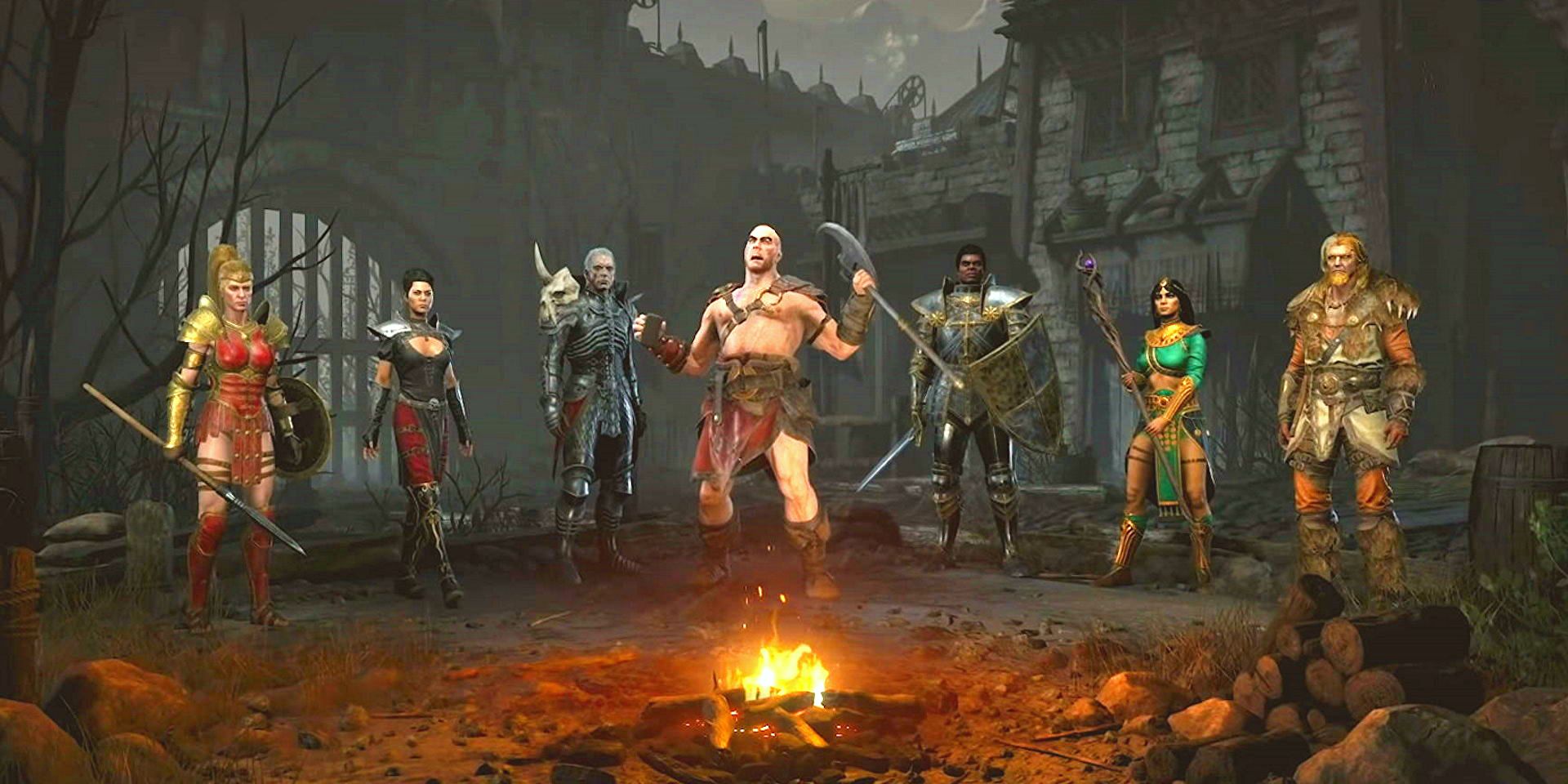
Editor’s Note: A lawsuit has been filed against Activision Blizzard by the California Department of Fair Employment and Housing, which alleges the company has engaged in abuse, discrimination, and retaliation against its female employees. Activision Blizzard has denied the allegations. The full details of the Activision Blizzard lawsuit (content warning: rape, suicide, abuse, harassment) are being updated as new information becomes available.
Diablo 2: Resurrected has had some issues with its launch, including server and character errors preventing fans from enjoying the game. Diablo 2: Resurrected is the highly anticipated remake of the original Diablo 2, which was released in 2000. With unique characters and diverse skills, Diablo 2: Resurrected holds up even two decades later, but it is not free of technical issues.
When Diablo 2: Resurrected first launched, there were server errors that prevented players from creating characters or getting into the game. These were points of frustration for players excited to get started with the remake. Since launch, Blizzard has been working to fix server issues in Diablo 2: Resurrected, but players are still struggling to use certain characters.
According to @BlizzardCS, the company is still trying to address this issue, but there are a few quick fixes players can try that have worked for some. There are a few options available to players who are getting the “Failed to enter game. This character is already in a game on the server. Please try again” error.
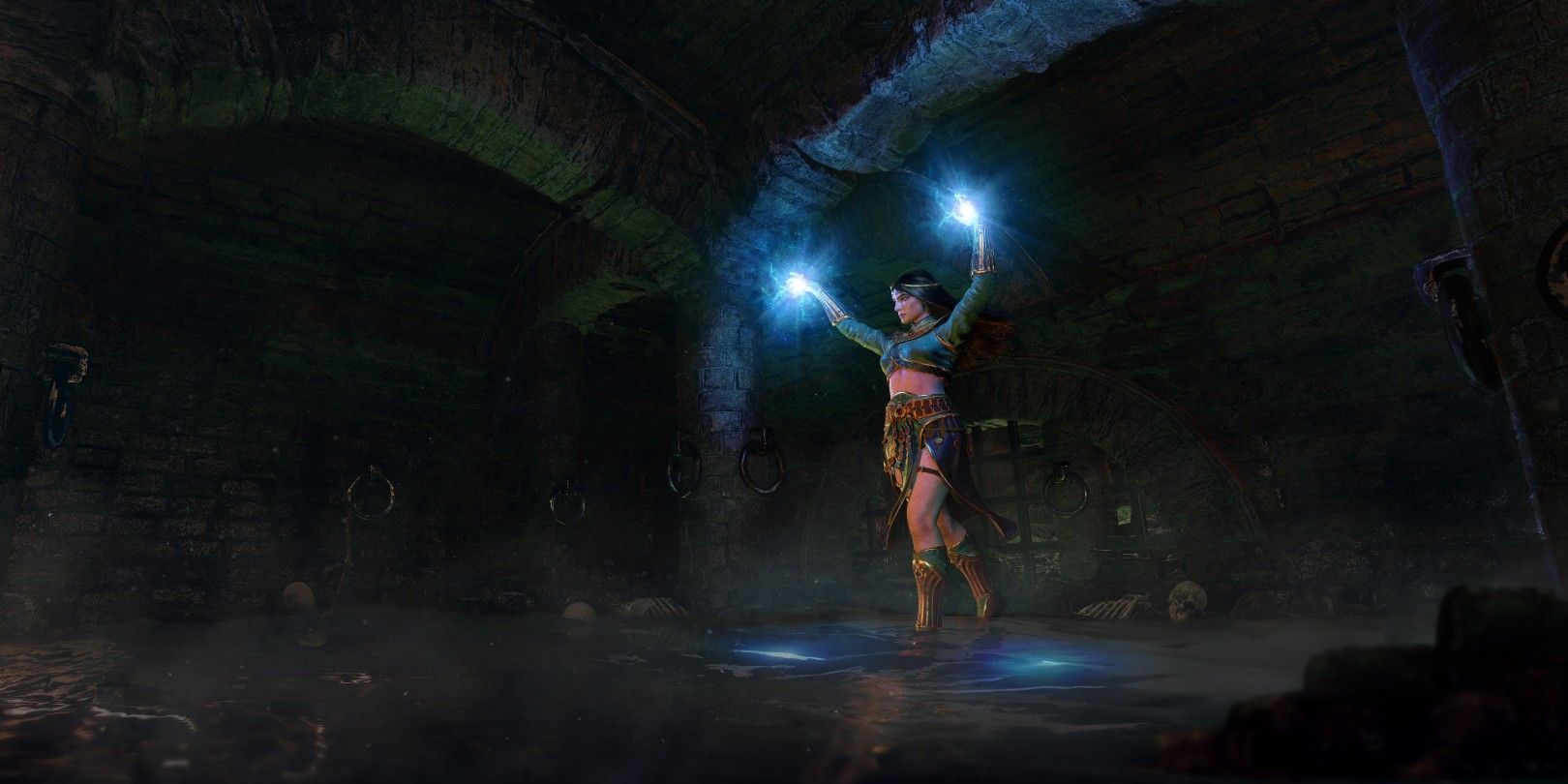
First, players should try to create a new character. Diablo 2 Resurrected has plenty of characters and classes to choose from, but players don’t need to focus too much on their choice, as they won’t necessarily be starting a game with this character. After the new character is made, they can return to the character selection menu and choose the character that was getting an error message, then try to create a game.
Players who are still getting the error message after this step can completely close the application and try to reload it. Diablo 2: Resurrected must be shut down completely for this method to work, so simply backing out won’t be enough. Players should quit the application and reload it, then select the character getting the error message and try to create a game.
Unfortunately, if neither of these fixes works, the only other way to use that character is to play offline until the issues are fixed. It didn’t take long for Blizzard to fix the server issues, and the company is already working on this problem, so players should keep checking back for updates on the issue. Diablo 2: Resurrected is a remake of a popular game with a flood of players trying to get in, so it’s understandable that the server would have issues, but Blizzard is working to fix them.
Source: @BlizzardCS/Twitter
Does No One Gets Out Alive Set Up A Sequel? (What Does Ambar Choose?)
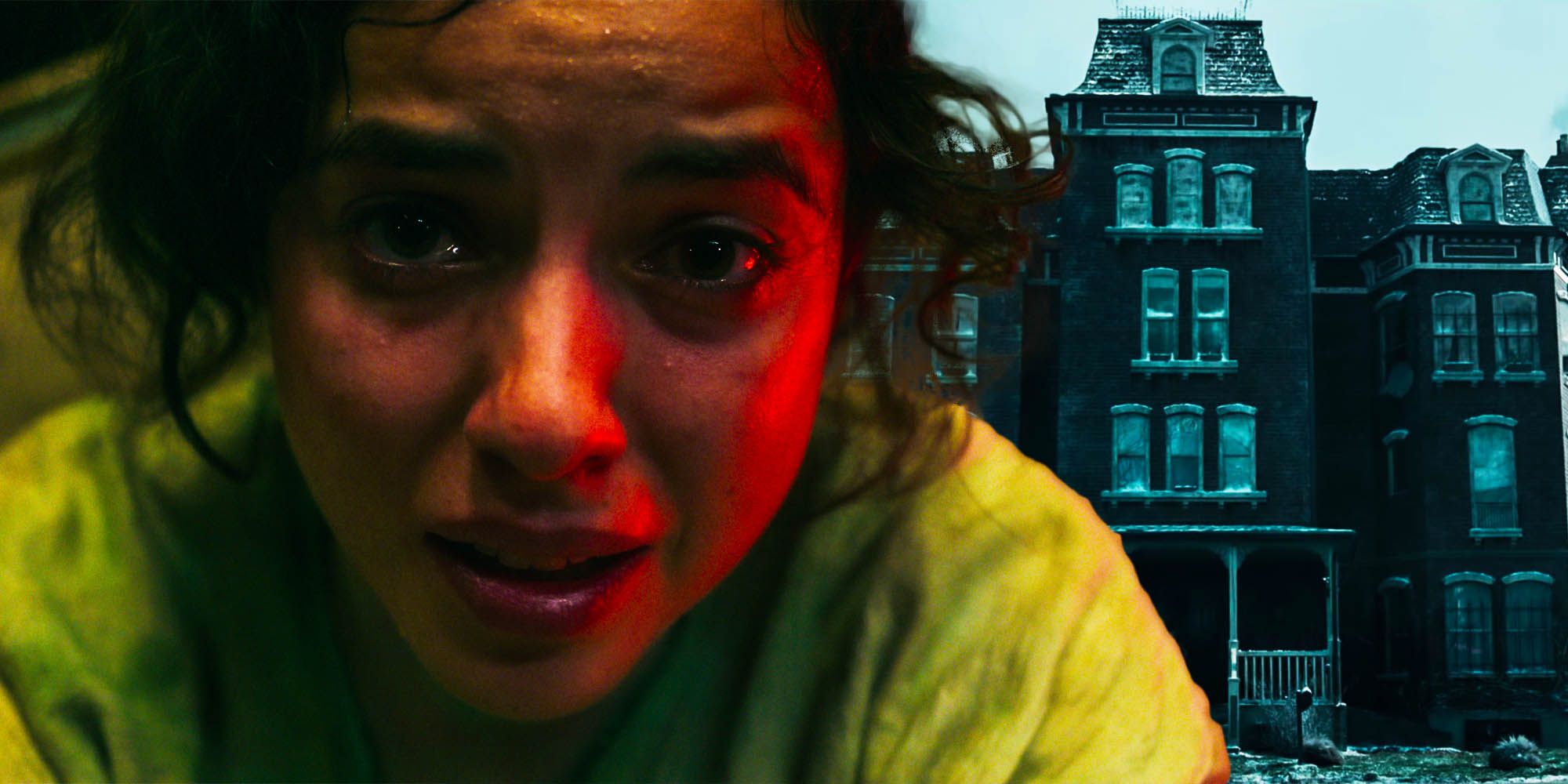
Netflix’s No One Gets Out Alive is an incredibly fresh and topical horror film, but what does Ambar choose at the end – and does the conclusion set up a sequel? The movie, which is based on the 2014 Adam Nevill novel of the same name, recently hit streaming. While following Ambar (Cristina Rodlo), an undocumented woman from Mexico who can’t seem to catch a break, its plot features a handful of interesting threads. When her character is implied to make a final choice before the credits roll, the story’s ongoing possibilities infuse the project with an extra-potent punch.
Ambar is a young woman from Mexico, who’s seeking a new life in the United States — specifically, Cleveland, OH. As if No One Gets Out Alive’s main character’s journey across the border as an undocumented immigrant wasn’t arduous and stressful enough, her ensuing existence in a new country isn’t any easier. She doesn’t know anyone, aside from being generally familiar with her distant cousin and his family, she doesn’t have a valid ID, and she has a harshly unforgiving boss. On top of being haunted by the loss of her mother and the illness that slowly snuffed out her life, she’s literally haunted by the multi-spirit-inhabited boarding house in which she soon finds residence.
There’s a lot going on within this compact, slow-burn horror flick, and, mirroring real life, the climax doesn’t leave things neat and tidy. As far as a possible sequel goes, No One Gets Out Alive’s violent, scary ending doesn’t directly set one up. There isn’t a post-credits scene to do so either. Still, Ambar has narrowly escaped death, killed Becker (David Figlioli), turned the tables on Red via sacrificing him, and is about to go back out into the world with the former villain’s malevolent powers. The movie’s actual universe is still rife with possibilities. Though a follow-up doesn’t seem like it’ll be in the cards, and probably isn’t even necessary, Ambar is definitely implied to succeed Becker in his antagonist’s role as he did with his father before him.
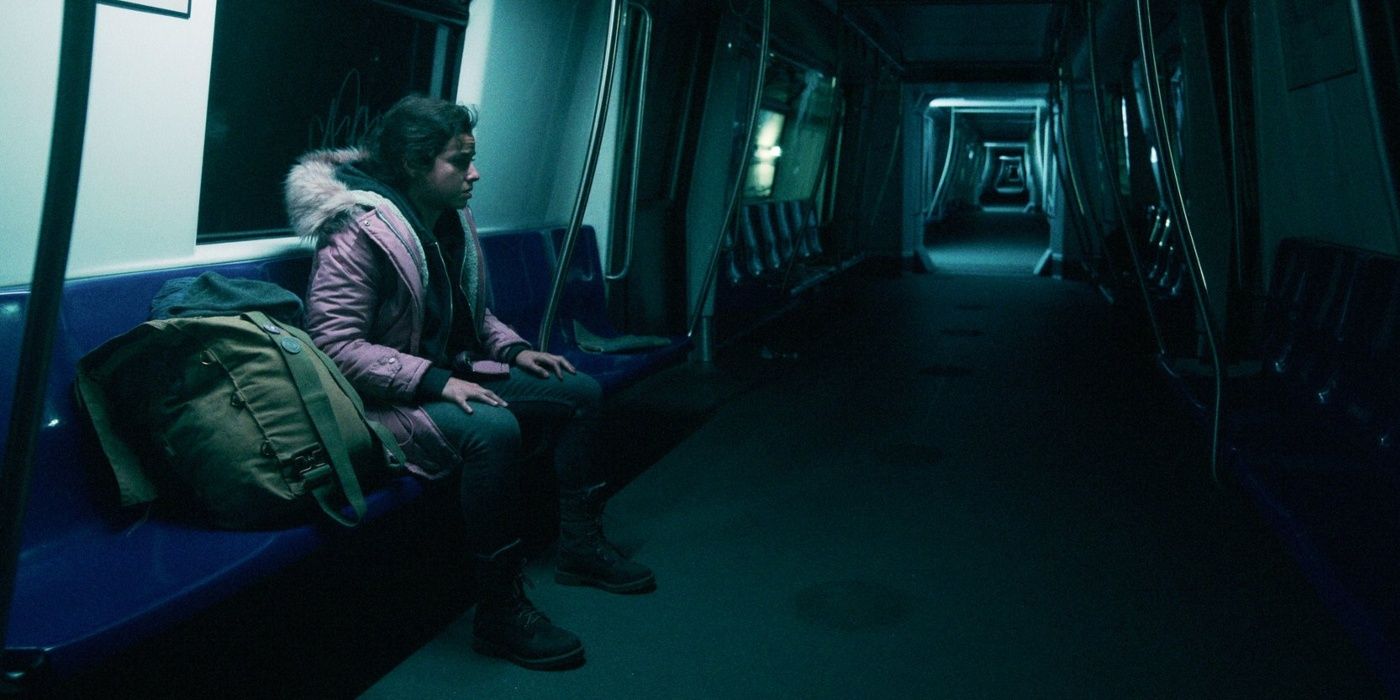
When Ambar’s formerly mangled ankle is healed, she takes on the appearance of pulsing with evil as he did. Now that she’s finally about to escape from the house, there’s an eerie sense that the powers she inherits also mean she’ll follow in the insidious footsteps of those who’ve had them in the past. She might even take things a step further after the Netflix-released horror movie’s timeline, and assume Becker’s place as a demon-tethered villain who preys on struggling immigrants that look for refuge in the deteriorating (and heavily symbolic) Cleveland boarding house. There’s also still plenty of explaining to do about the project’s demon-like creature, who makes an oddly animated grand entrance toward the film’s end.
In addition, the story of Ambar and her mother’s relationship seems to be more nuanced than how it appears on the surface. There’s a great deal of emphasis on the woman within No One Gets Out Alive, and an illusory version of her even shows up during the climax to trick Ambar into succumbing to the story’s evil. It could be interesting to probe that dynamic further. Although it doesn’t seem like a sequel will come from this particular fall of 2021-released horror movie, its purposely ambiguous ending is something for fans to ponder and a creative team to continue and tweak, should they every choose that direction.
What If…? Just Explained Why The Avengers Are The MCU’s Most Powerful Heroes
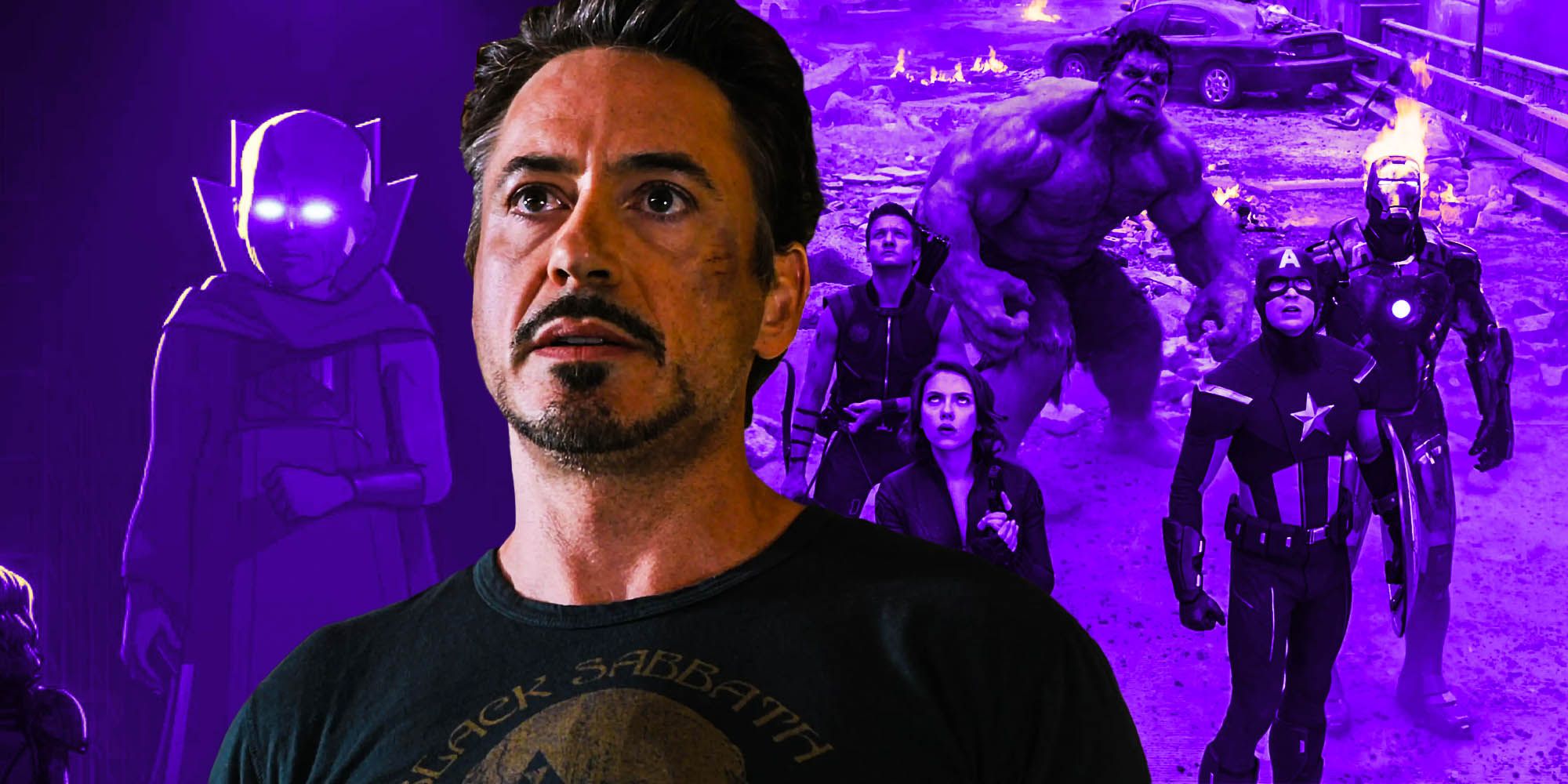
Marvel’s latest hit show What If…? has confirmed once and for all exactly why The Avengers really are the most powerful heroes in the MCU. Ironically, this elevated status doesn’t necessarily come from extraordinary abilities or physical prowess – although those, clearly, are also in ready supply. Instead, the supergroup’s definitive ranking is actually down to something much more intangible that ultimately causes their opponents to underestimate them time and time again.
Throughout the MCU, Earth’s mightiest heroes have developed a happy habit of overcoming overwhelming odds in almost impossible circumstances. Whether it’s repelling an invading Chitauri army as a team during the events of the very first Avengers film, or acting alone during their various solo projects, the six original superheroes have, without a doubt, an impressive track record. Ultimately, as seen during the climax of the Infinity Saga, the crew is even capable of defeating an intergalactic titan capable of wiping out half of existence.
Given the long list of enemies who have fallen foul of The Avengers, their reputation is clearly well-earned. However, for all their firepower, What If…? makes it clear that the real key to The Avengers success actually lies in their humanity. As Jeffrey Wright’s omniscient Watcher explains while watching Clint Barton and Natasha Romanov search for the key to defeating Ultron, “You’re human you keep hope against the best of odds.” This highlights a consistent theme running throughout the MCU – that it is the optimism, determination and refusal to be beaten that defines humanity that ultimately makes The Avengers such a dangerous prospect for Earth’s would-be conquerors.
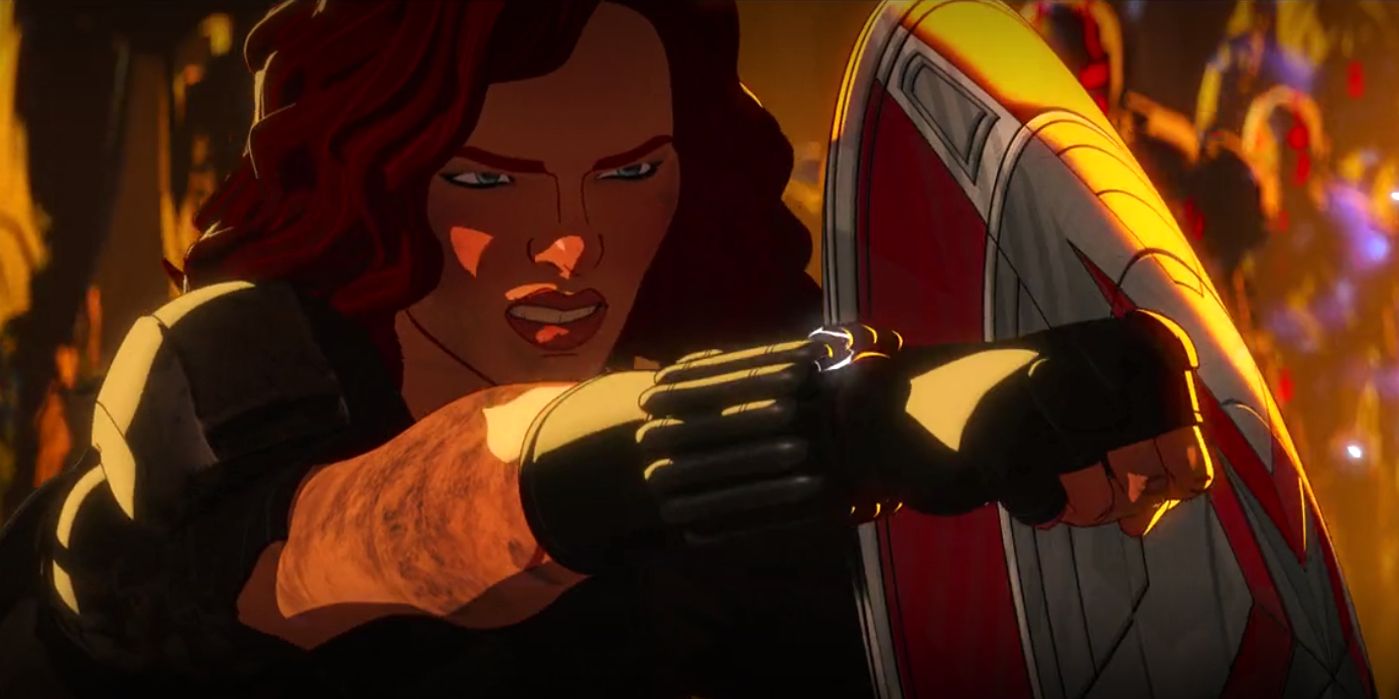
This argument is evident as far back as Phase 1 of the MCU, and is most obviously on display during the first Avengers movie. For example, Tony Stark’s iconic “you can be damn sure we’ll avenge it” quip to Loki is far more than a call-back to the movie’s title – it also highlights his indomitable spirit, flying in the face of Loki’s belief that humans are “made to be ruled”. Similarly, one of the movie’s most powerful moments comes when an old man stands up to Loki in the face of imminent destruction. This serves as a reminder that, even without any superpowers, humanity is capable of extraordinary bravery. It is this quality that ultimately makes The Avengers capable of their most extraordinary feats.
In many ways, the plot of What If…? episode 8 really emphasizes the point that humanity is the greatest power in the MCU. It is extremely telling that, in the aftermath of Ultron’s assault, it is Barton and Romanov – on paper the team’s most under-powered human characters – that are the last two left standing. It is their human spirit, shared with the likes of Stark, Steve Rogers and Bruce Banner that allows them to unlock the key to saving the universe. Although the MCU is inhabited with innumerable fantastically powered superbeings, time and time again it is those who have a close connection to humanity who emerge victorious.
Why So Many MCU 2021 Movies & Shows Are Fixing Age of Ultron
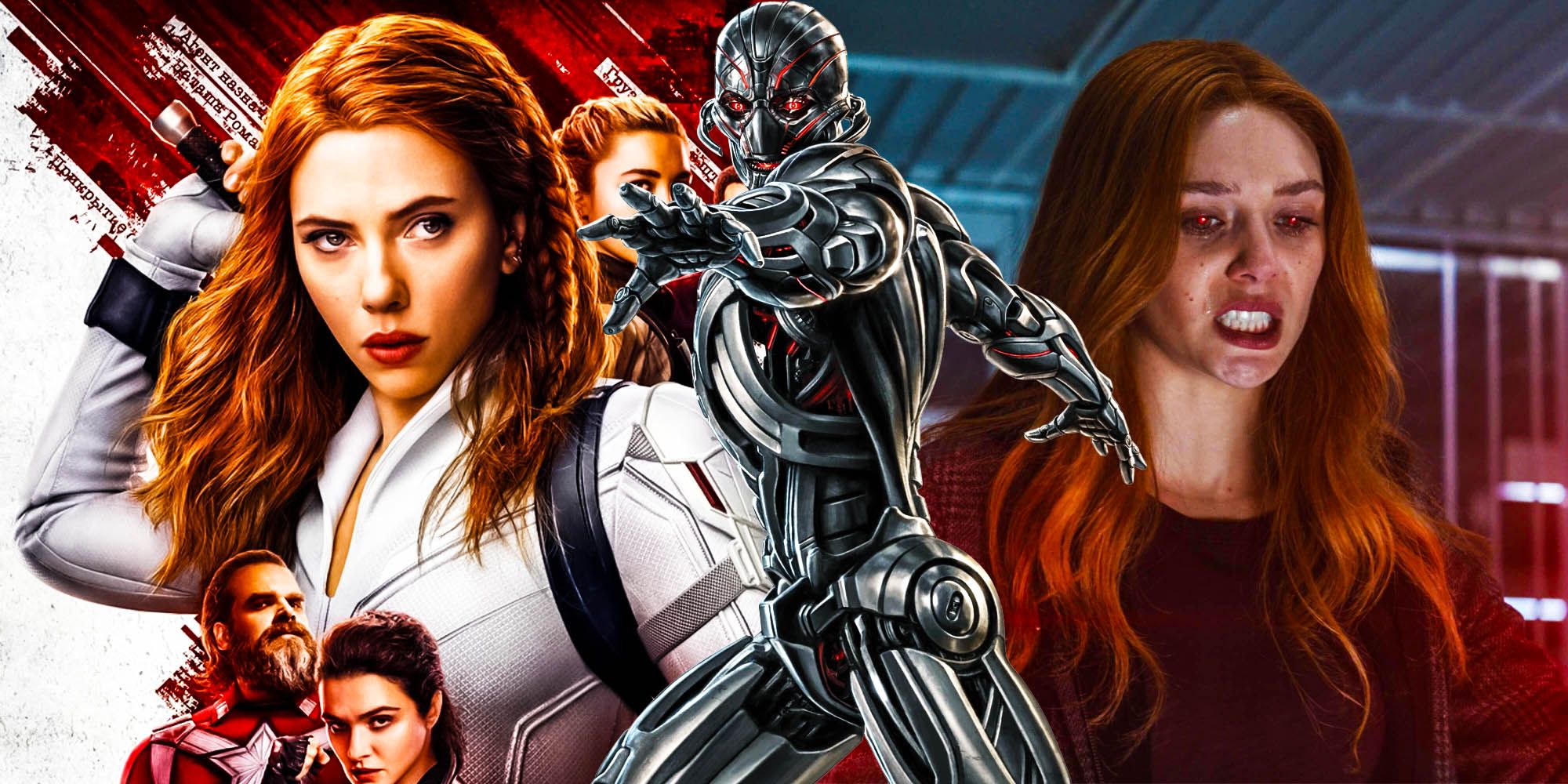
The MCU has entered Phase 4 in 2021, and many of its movies and shows have spent time fixing mistakes made in Avengers: Age of Ultron. 2015’s Age of Ultron served as the partial conclusion to the MCU’s Phase 2, and though the film was a financial success, it was a somewhat polarizing installment in the Avengers franchise, with many viewers and critics feeling that its choices in characterization and story were questionable. The following films, Avengers: Infinity War and Avengers: Endgame had far better reception, leaving Age of Ultron the closest thing the MCU had to an audience failure and the subject of in-universe maintenance for years to come.
For a film franchise that began in 2008, the Marvel Cinematic Universe has been remarkably well-received. Supervised by Marvel Studios head Kevin Feige, the MCU films are spiritually faithful adaptations of their Marvel comic source material and simultaneously crowd-pleasing blockbusters. 2012’s The Avengers changed the pop culture landscape almost instantly by proving the marketability and success of comic book-style shared universe crossovers. Since then, the franchise has grown in recognition and prestige, with Black Panther even winning multiple Academy Awards. The MCU has dominated pop culture for years, but not all of its installments are complete successes.
Some MCU films are considered adequate, at best, especially during Phase 1, where the franchise was trying to find its footing and experiment in making shared universe superhero films. The Incredible Hulk is considered forgettable by some, and the larger MCU has rarely referenced Incredible Hulk in canon until recently. Iron Man 2 had a similarly lukewarm reception, with many seeing its overabundance of characters and storylines as the result of focusing too much on setting up The Avengers and not focusing enough on its title character. 2011’s Thor, while a success, ended with the destruction of the Bifrost Rainbow Bridge, which audiences had little interest in exploring further, so the plotline was quickly resolved offscreen with few mentions afterward. Age of Ultron, however, had many farther-reaching missteps, which 2021’s Phase 4 has recently begun to clean up.
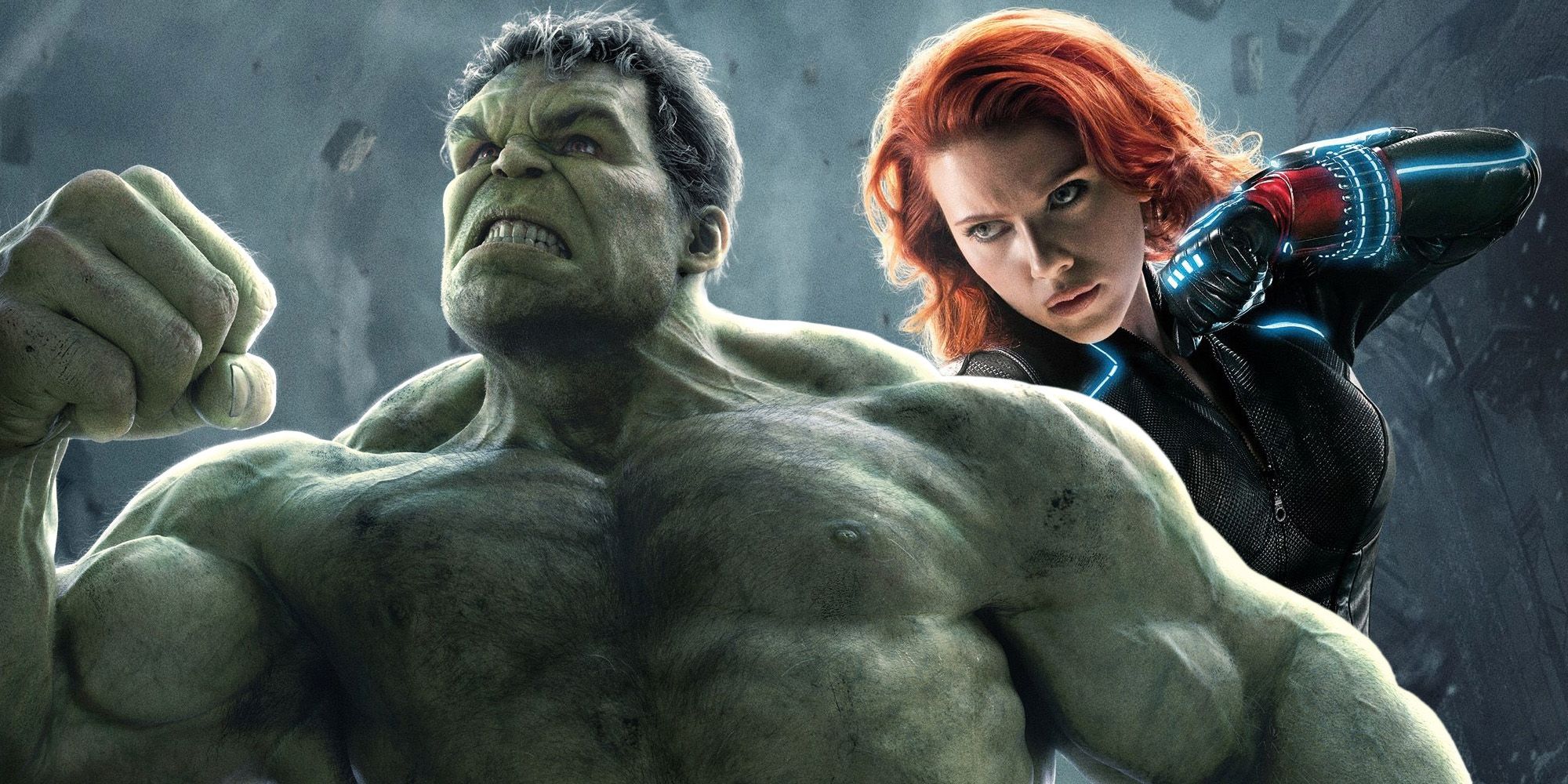
Age of Ultron was not strictly a failure, and could hardly be considered the worst film in the MCU, but it was nevertheless underwhelming compared to its predecessor. In both financial success and critical reception, Age of Ultron couldn’t beat 2012’s The Avengers, and the film was plagued by behind-the-scenes conflicts between writer-director Joss Whedon and the Marvel Studios executives regarding its story decisions. Many of Whedon’s choices were criticized by viewers, ultimately resulting in Age of Ultron being one of the MCU’s weaker installments and the departure of Joss Whedon from future MCU projects.
Some of the key points of criticism among viewers were Thor’s Infinity Stone premonition scene (which many felt was out of place), Hawkeye secretly having a shoehorned in family on a Midwestern farm (a departure from the comic source material), and the romance between Black Widow and Bruce Banner (which was seen as forced by many). Moreover, Black Widow describing herself as “a monster” for her unwilling sterilization by the Red Room was understandably seen by man as a line and overall characterization that disrespected Natasha while being in poor taste. In subtle and overt ways, the MCU has gradually worked to rectify Age of Ultron’s shortcomings and controversies, especially in Phase 4.
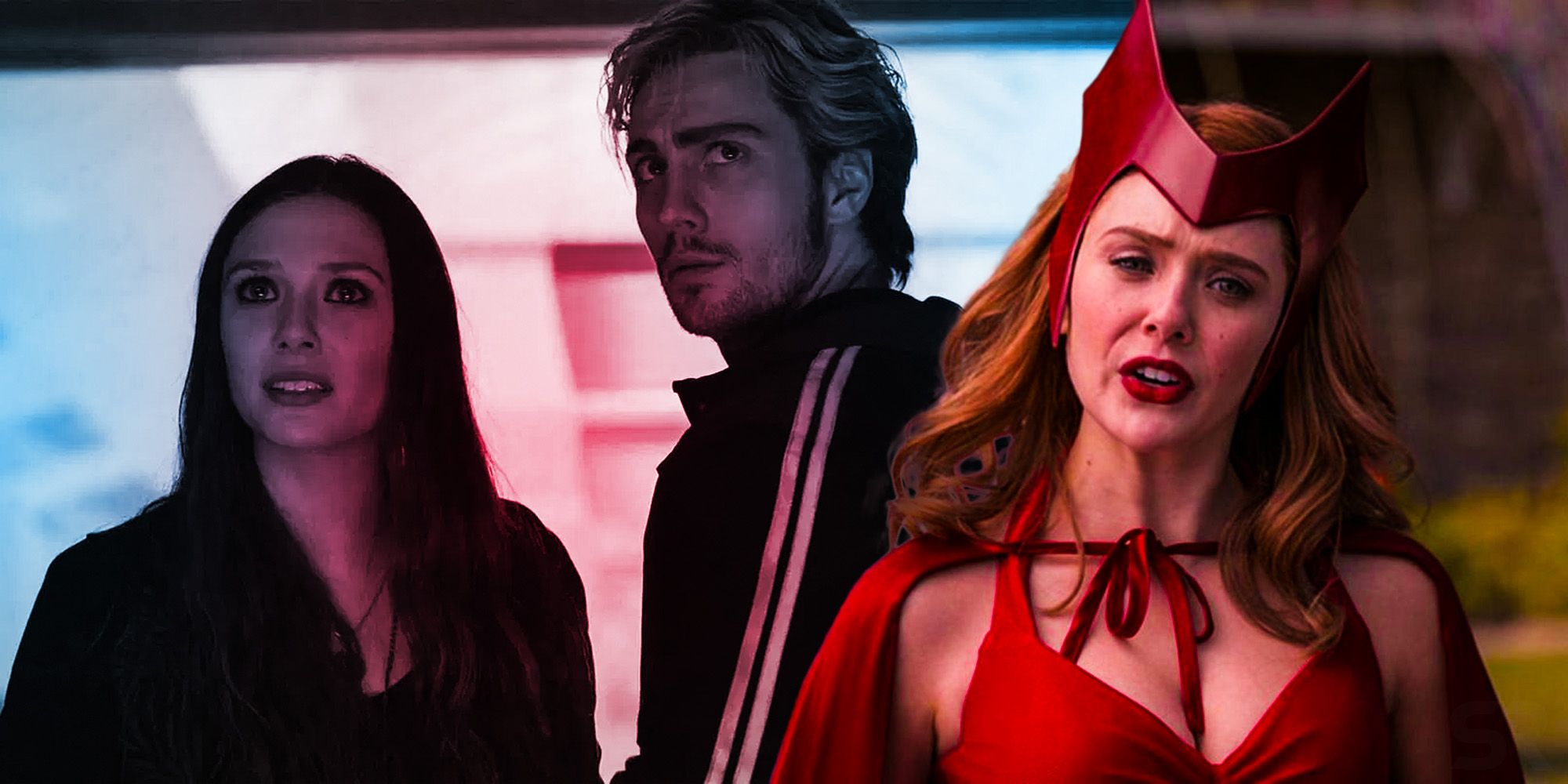
The two Phase 4 properties that have done the most cleanup work for Age of Ultron are the Disney+ miniseries WandaVision and the feature film Black Widow. For example, Hydra, the Nazi-affiliated terrorist group from the Captain America films, was seen as lacking in menace in Age of Ultron, but WandaVision succinctly fixed this via flashbacks of Wanda Maximoff’s torturous experiences as their test subject, having her latent magical abilities awakened by exposure to the Mind Stone.
Age of Ultron also glossed over the death of Pietro Maximoff, a devastating loss for his twin sister, by hurriedly moving Wanda into her role as a new member of the Avengers. WandaVision took time to go back and highlight Wanda’s anguish over her brother’s Age of Ultron death, showing that, while she found some semblance of comfort in her Avengers teammates, she didn’t have time to properly work through her grief. Black Widow, correctly, fixes Natasha’s controversial “monster” line in regard to her unwilling hysterectomy. While Age of Ultron framed Natasha as feeling shame for her sterilization, Black Widow reframes the situation to highlight the horrors inflicted on Natasha and all of the other Red Room Widows in training. Ultimately, the only real monster was General Dreykov.
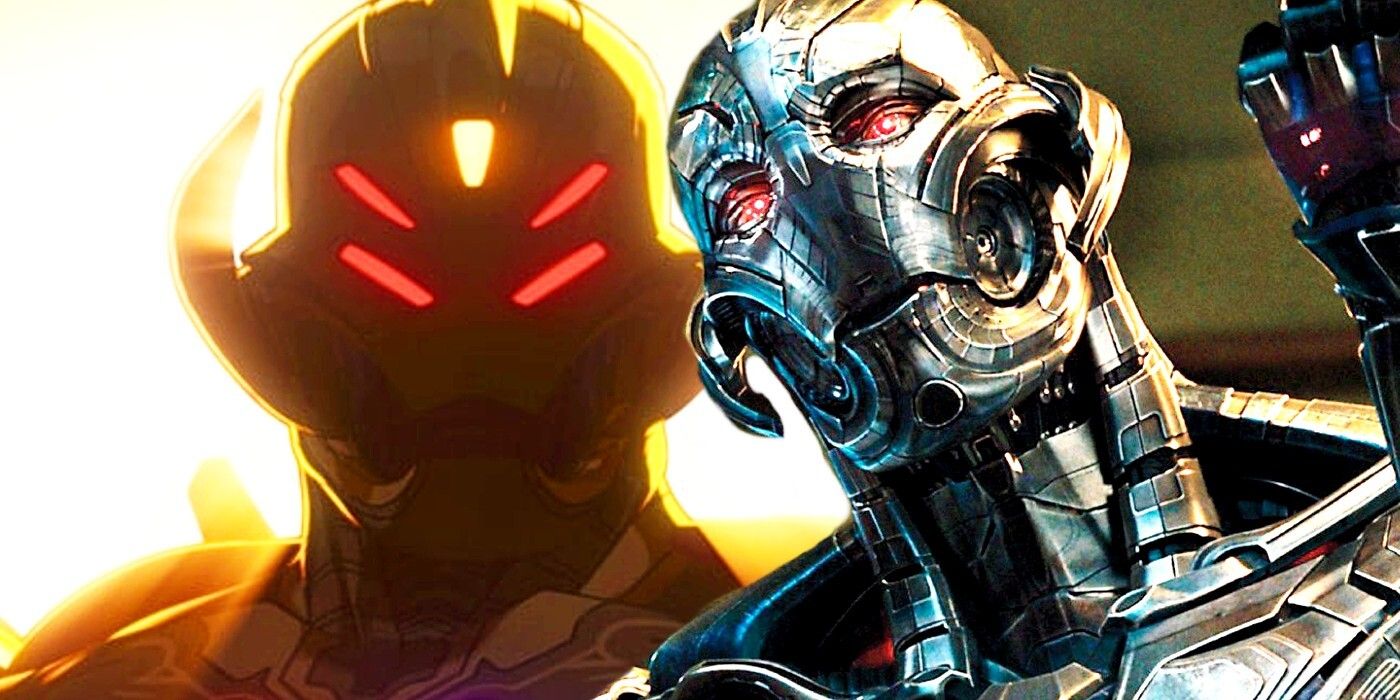
Another criticism of Age of Ultron was that its titular villain was lacking in threat level, especially when compared to other MCU villains and Ultron’s comic counterpart. Ultron was one of the greatest threats to the Avengers in the comics, and adaptations like Avengers: Earth’s Mightiest Heroes properly reflected this. The MCU’s Ultron was by no means weak, but his doomsday plot in Age of Ultron was thwarted by the Avengers within a week. Marvel’s What If…? fixes this mistake by introducing a new iteration of Ultron who successfully inhabits his vibranium Vision body, acquires the Infinity Stones, kills Thanos with ease, and threatens the entire multiverse to the shock and horror of the cosmic being known as The Watcher. What If…? creates a far more threatening version of Ultron than the second Avengers film.

Age of Ultron is one of the rare instances of a problematic MCU film, and while future properties mitigated much of the damage it did, the fixes only affect the MCU as a franchise. Retroactive changes, while more than welcome for fixing Marvel’s MCU movie mistakes, won’t change the original films themselves. Age of Ultron still failed to properly make a mainstream MCU Ultron a superlative threat, it still rushed through important characterization for Wanda, and it still mischaracterized Black Widow on multiple levels. 2021’s MCU movies and shows have been enjoyable installments that have repaired much of Avengers: Age of Ultron’s shortcomings, but they ultimately don’t make it a better movie.
Venom 2: How Eddie Teleports To The MCU At The End | Tech Crunch
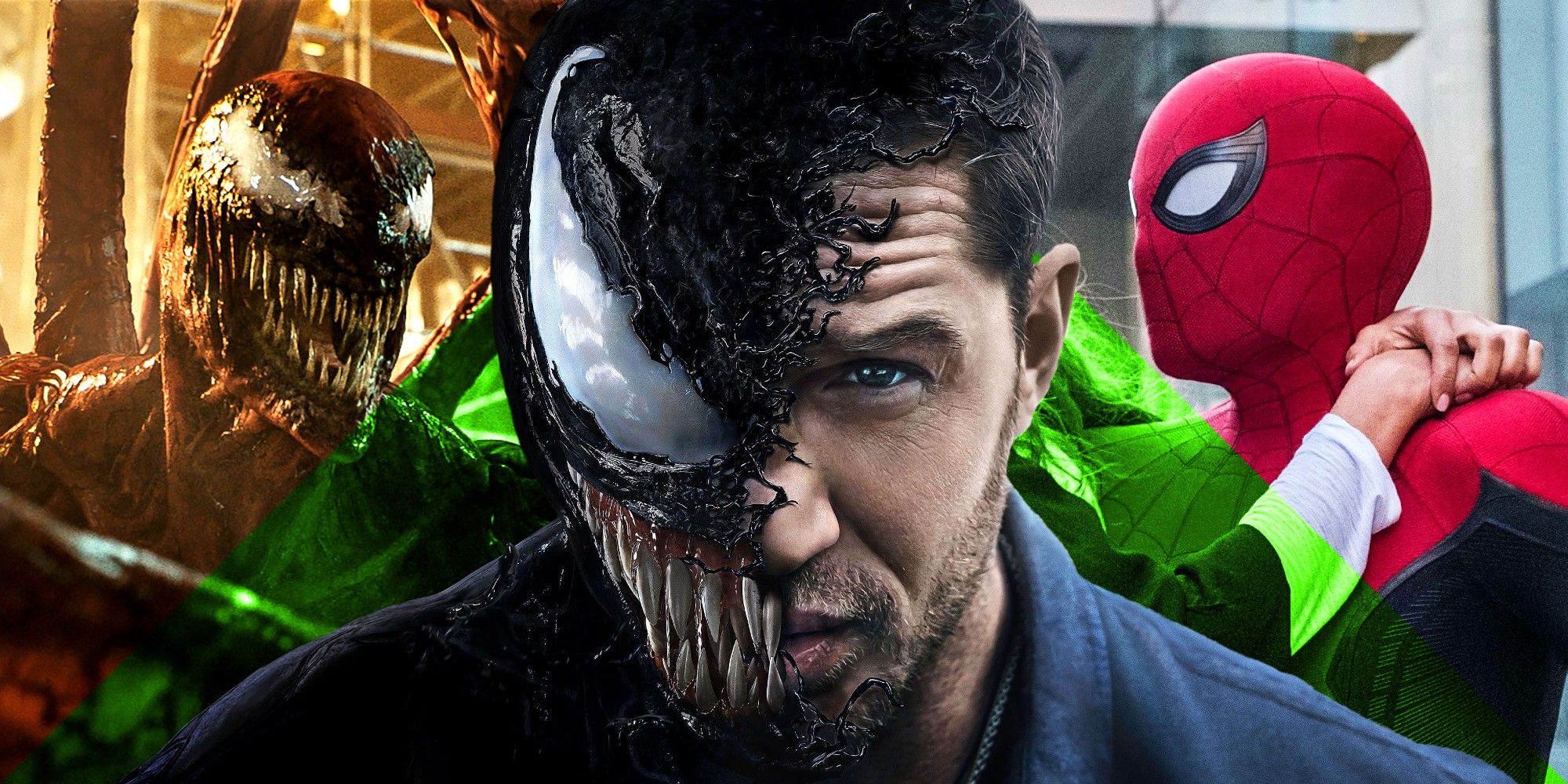
Warning: Contains SPOILERS for Venom: Let There Be Carnage.
The post-credits scene in Venom: Let There Be Carnage reveals a huge twist by transporting Eddie and Venom to the MCU, but how exactly do they get there? One minute, the two are relaxing after defeating Carnage and talking about the boundless knowledge Venom has access to through the symbiote hivemind. The next, the room trembles and changes, and the TV shows the unmistakable face of Tom Holland’s Spider-Man.
Previously, it was believed that the Venom films took place in a different canon than the MCU. The Spider-Man movie rights are complicated and can be a bit confusing, but the gist is that Sony still holds the rights to the character and allows him to feature in the MCU through separate deal with Marvel. Sony is currently in the process of setting up its own cinematic universe of Spider-Man characters, which will include Morbius, Kraven the Hunter, and the Venom films. Now, it looks like Holland’s Spider-Man could be a part of that universe as well.
So, how do Eddie and Venom get from reality to the MCU? The Venom 2 post-credits scene intentionally keeps things mysterious, but the teleportation almost certainly is tied to the MCU multiverse, which has become the focal point of the story in Phase 4. The leading theory is that Eddie and Venom are brought to the MCU by the multiverse shenanigans caused by Doctor Strange’s spell in Spider-Man: No Way Home. It’s a fair guess seeing as how their jump to the MCU was accompanied by a singular blinding flash of light, which is the same thing that happened in the No Way Home trailer at the moment Strange cast the spell and it went awry. Another possibility is that Venom’s accessing of the symbiote hivemind through Eddie caused something to malfunction in some way. Considering how hard the characters of MCU’s Phase 4 have been tampering with the multiverse, it’s even possible that it was an entirely different multiverse event that brought Eddie and Venom to the MCU.
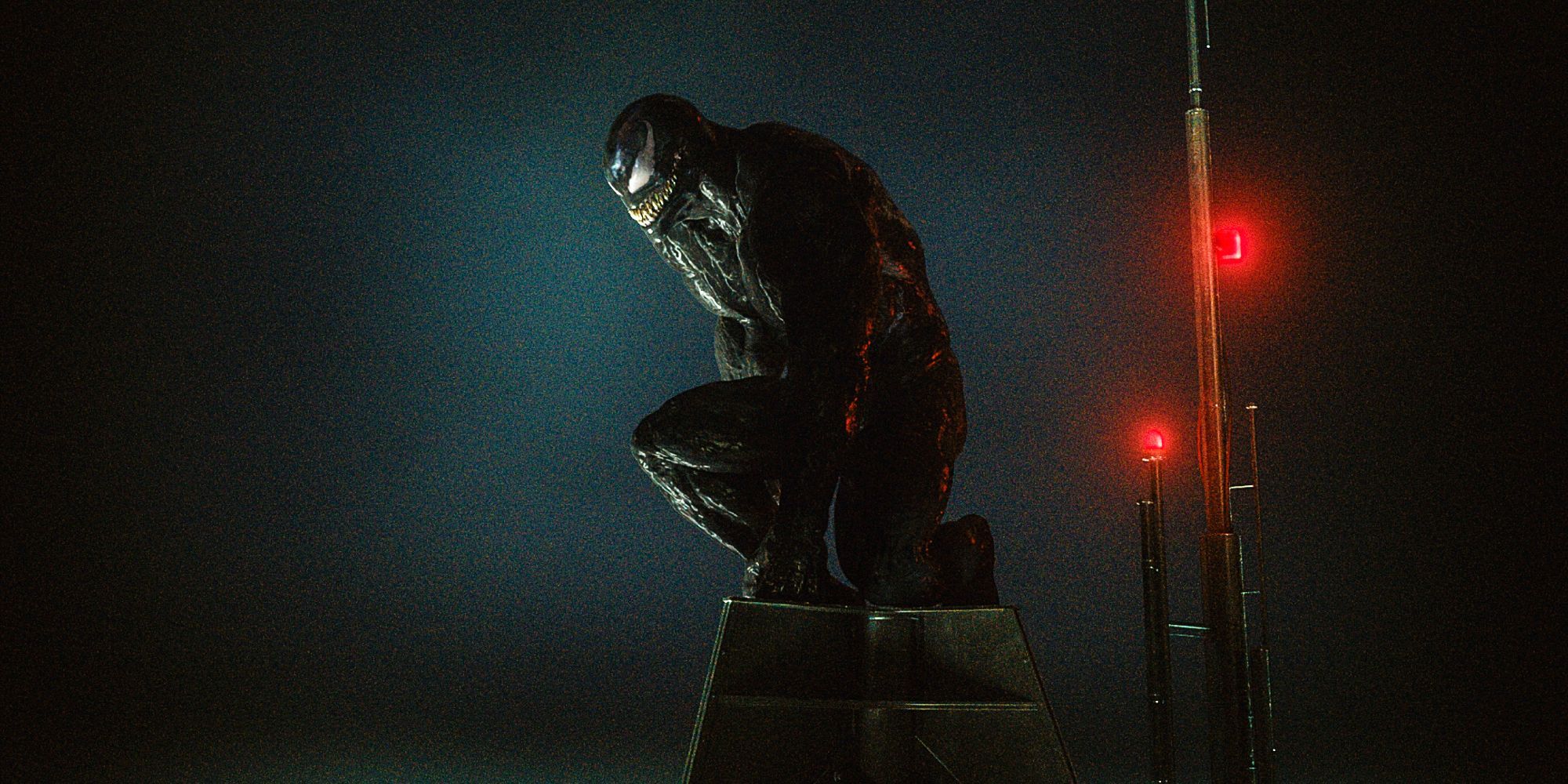
Since other major characters from past Sony Spider-Man films like Alfred Molina’s Doctor Octopus and Jamie Foxx’s Electro are returning in No Way Home, it wouldn’t be out of place for Hardy’s Venom to show up as well. There’s been no confirmation yet that he’ll be in the upcoming Spider-Man movie, but because both franchises are produced by Sony Pictures, it seems most likely that Eddie’s arrival in the MCU is tied to the multiversal chaos in No Way Home.
Of course, there are still a number of things that haven’t been revealed about the MCU multiverse, any one of which could be to blame for Venom’s sudden change of reality. A powerful Scarlet Witch was messing with the Darkhold in WandaVision; Sylvie broke the timeline wide open in Loki; even Shang-Chi and the Legend of the Ten Rings touched upon alternate dimensions. The Venom 2 post-credits scene may simply be setting up a Tom Holland Peter Parker cameo in Sony’s universe rather than a Venom debut in No Way Home. Either way, the ending of Venom: Let There Be Carnage sets up a lot of exciting possibilities for the character’s future.
Vans Horror Movie Shoes Collection: The Shining, Jason, Freddy, & More
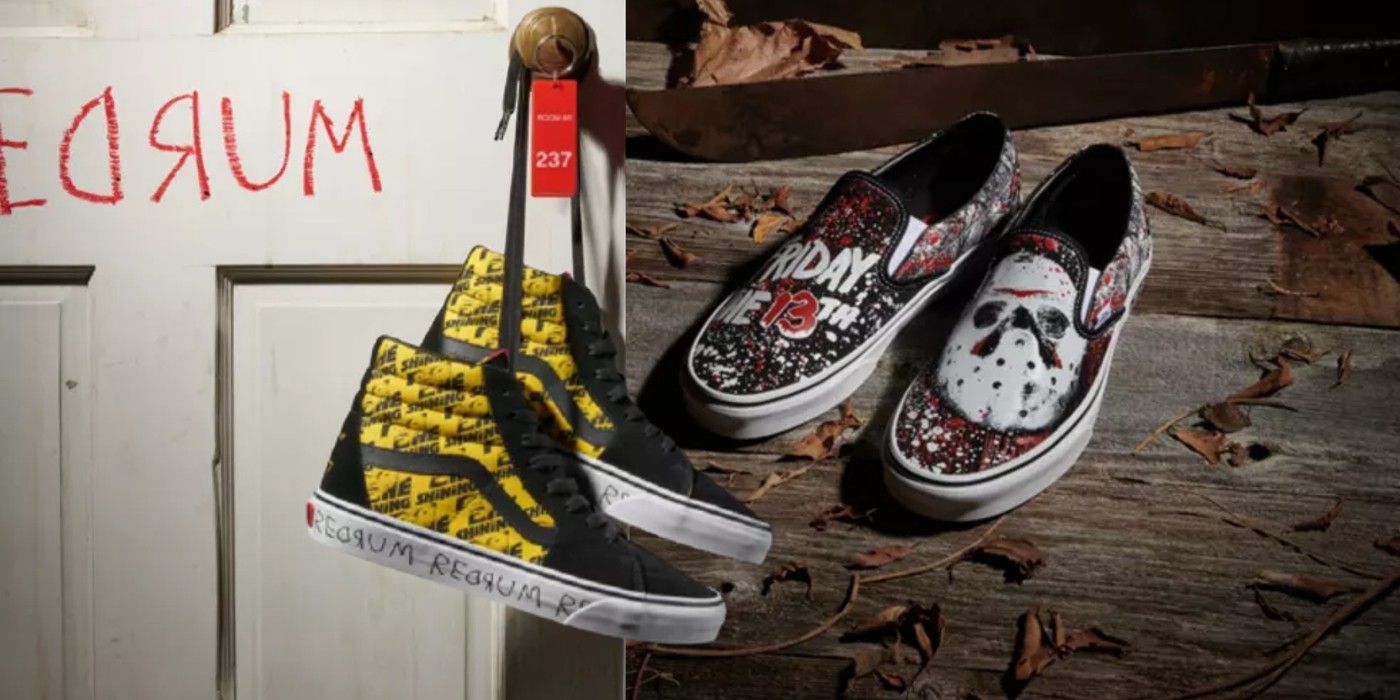
The clothing brand Vans has dropped a new collection of horror themed apparel involving The Shining, Friday the 13th and more. Just in time for Halloween, the Vans x Horror collection allows a variety of big screen icons to be available on a range of Vans products. Vans, known for their classic streetwear look, has embraced pop culture many times in the past through collaborating with behemoths of film, TV and video games. Before these monsters, franchises like Star Wars, Harry Potter and The Simpsons have been given the Vans treatment.
It has been a while since some of these characters were seen on the screen. The A Nightmare on Elm Street franchise hasn’t recovered from its failed 2010 reboot, and the rights to Friday the 13th have been, until recently, tied up in a series of lawsuits. Stanley Kubrick’s The Shining has managed to stand the test of time and Doctor Sleep, the long awaited sequel directed by Mike Flanagan, has kept the horrors of the Overlook Hotel in the zeitgeist. Younger audiences may be more drawn to Pennywise than the other villains, with both films in the recent adaptation of Stephen King’s It being smash hits at the box office.
The collection is available to purchase on the Vans website and includes an array of clothing, from socks and shoes to hats and hoodies. All the films that inspired the collection, which includes the previously mentioned franchises and also The Lost Boys and The Exorcist, were given their own shoe designs as well as other unique clothing items. The new release combines Vans’ classic designs with images inspired by some of cinemas greatest horror movies. Check out a sampling of the Vans x Horror collection, below:
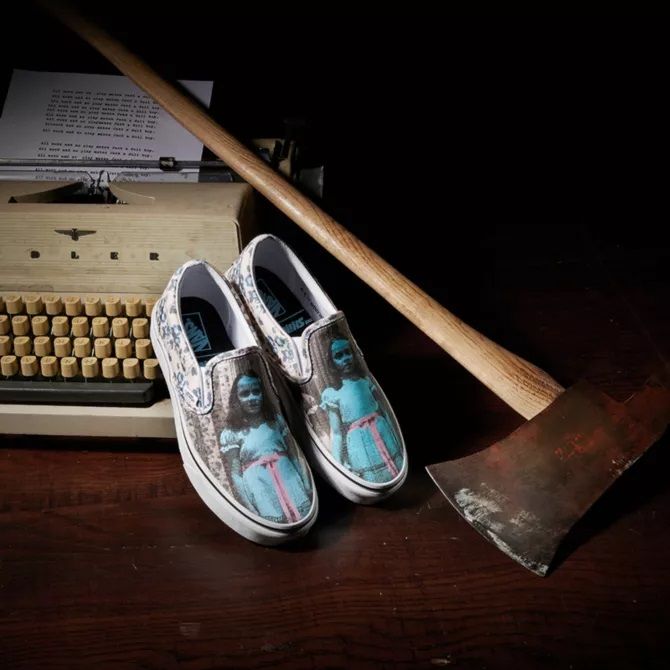

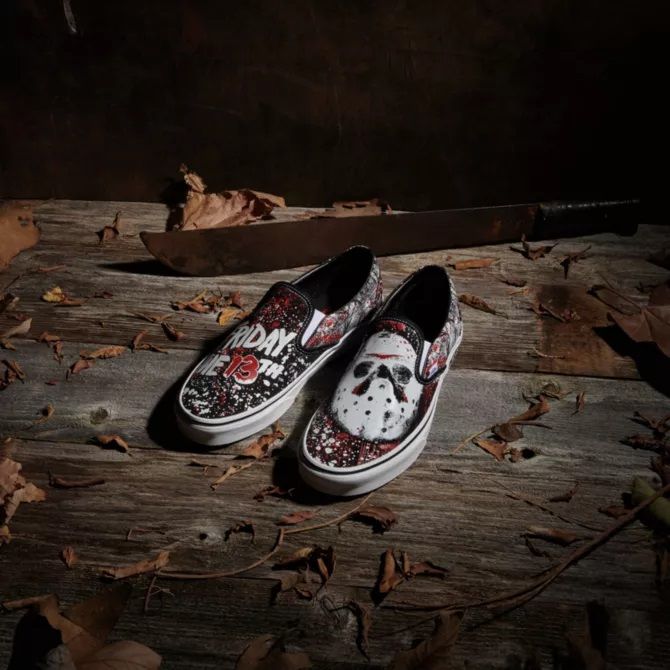
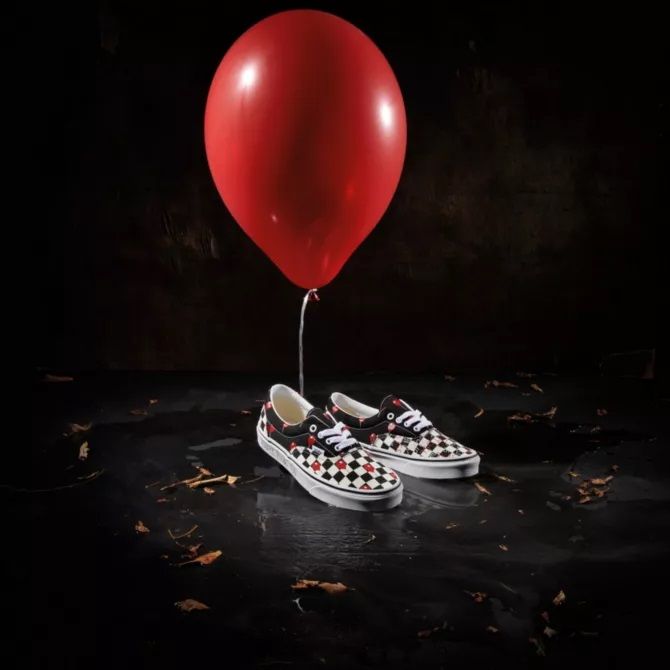
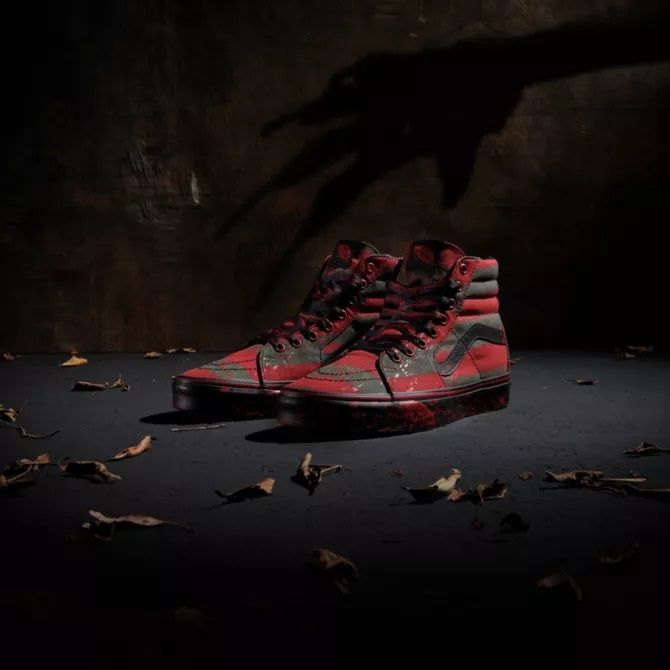


As was the case with Vans’ other pop culture collaborations, this collection is only on a limited release and will not last forever. Some of the designs include hi-top shoes with “REDRUM” written on the midsoles, a white t-shirt with Pennywise’s evil grin printed on it, and a black hoodie with Jason Vorrhees’ famous hockey mask emblazoned on the front. Horror heads are likely to go mad for these fresh looks. Fans who want to be seen in shoes that are designed after Freddy Krueger’s famous striped sweatshirt will have to act fast.
Vans’ past pop culture releases have all proven to be wildly successful, and horror fans are often among the most loyal (going by the longevity of some of these series) so this feels like a match made in heaven. These designs by Vans could become an annual uniform for spooky season, or just an everyday fit for gore fans. The launch of this range may also help some of these waning franchises recapture the attention of audiences, and with Jason Blum rebooting The Exorcist, the timing feels right.
Source: Vans
